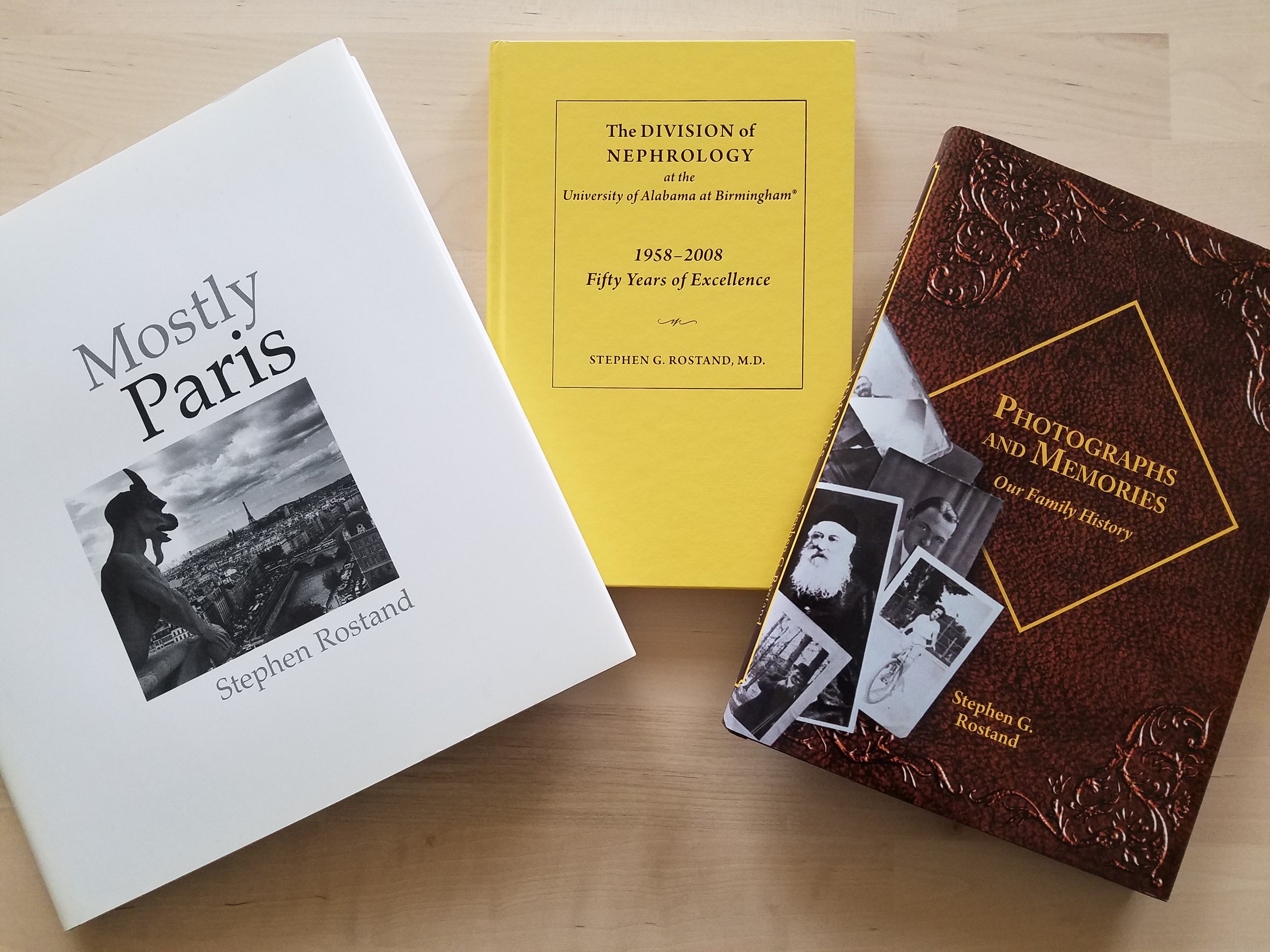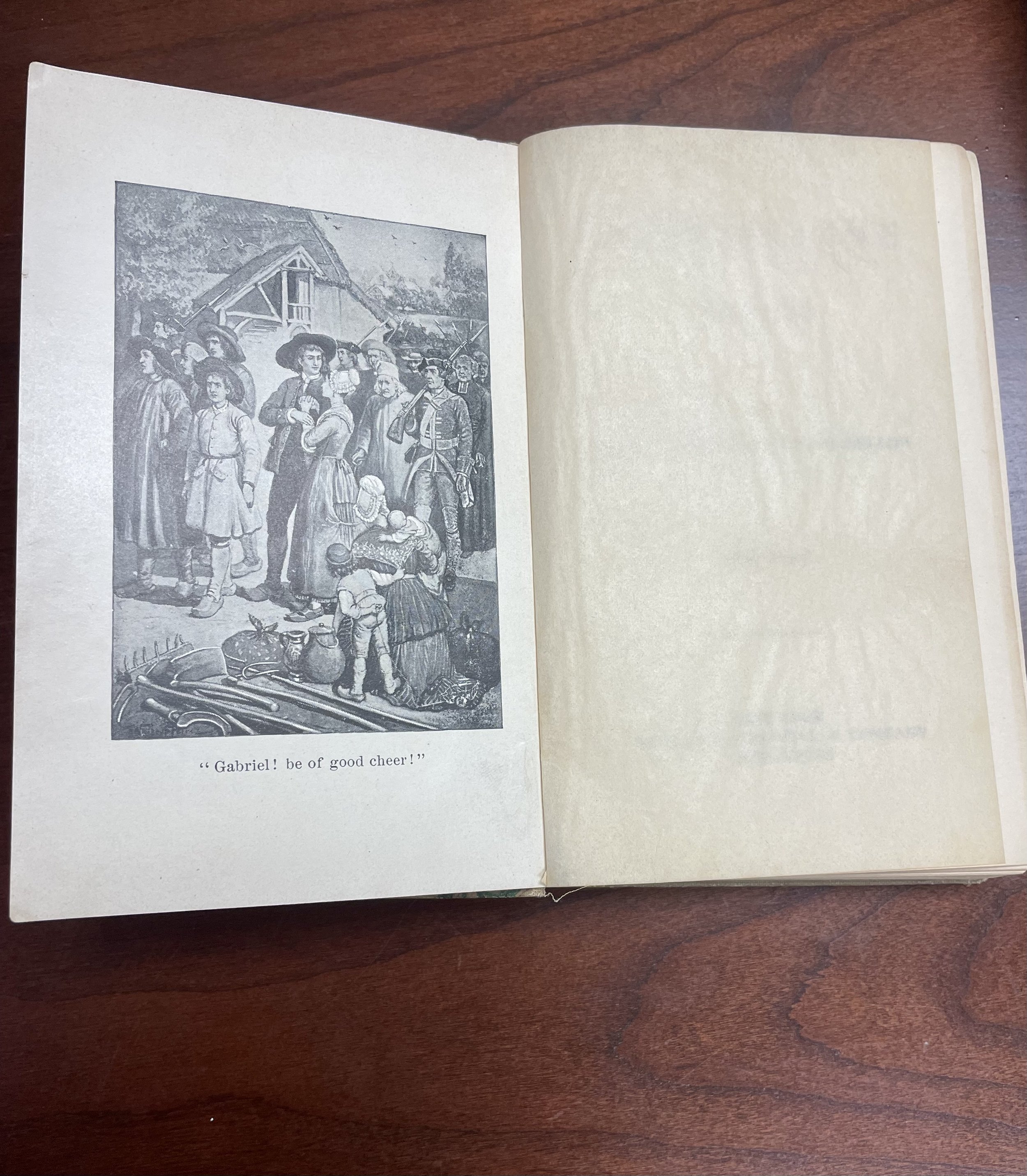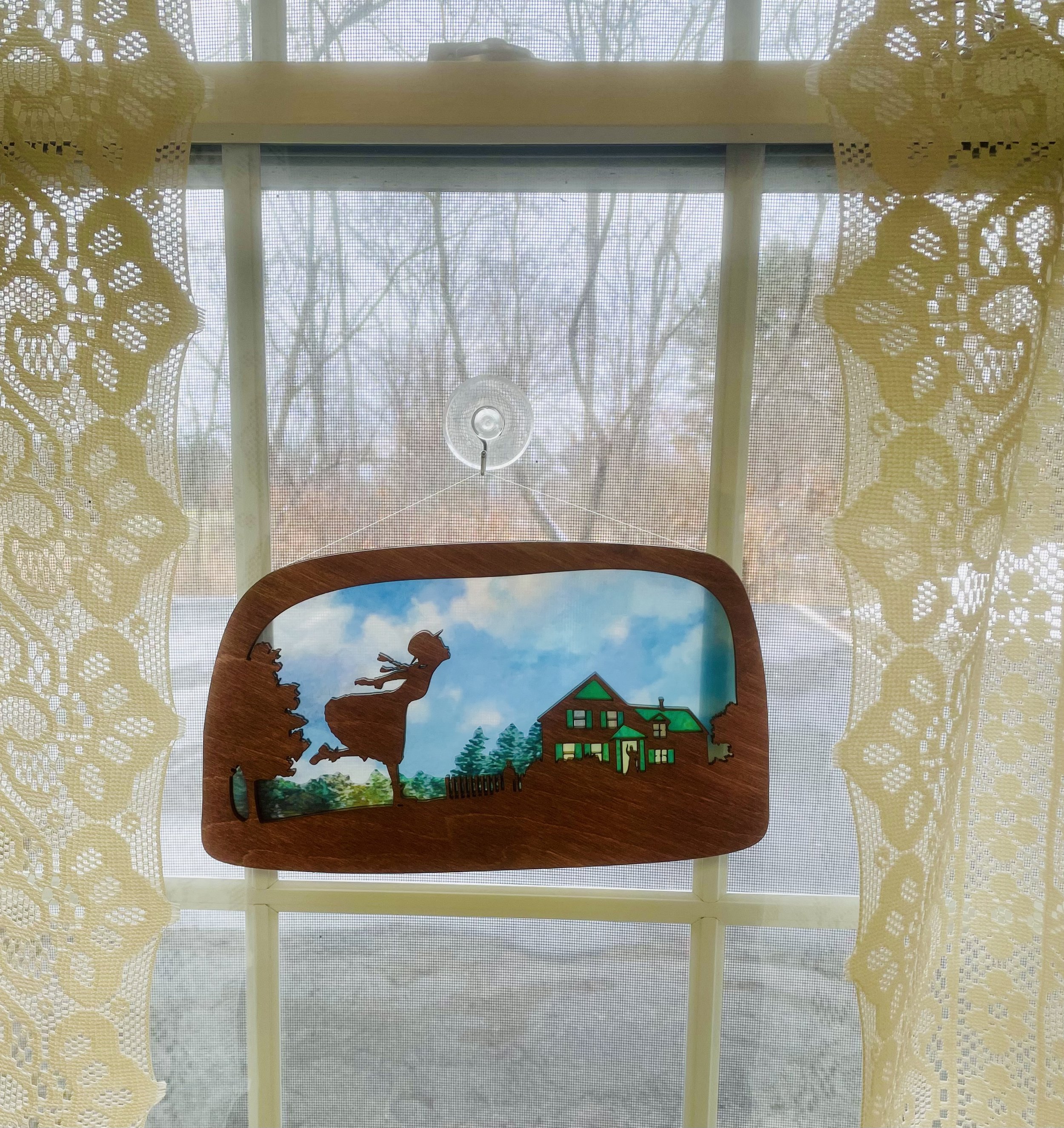This post is the third in a series-in-progress by company president Megan St. Marie about heirlooms and objects related to her family history that she keeps in her office to inform and inspire her work at Modern Memoirs.
Close-up of the clock that hangs in Megan St. Marie’s office at Modern Memoirs
In her book The Writing Life,[i] Annie Dillard writes, “How we spend our days is, of course, how we spend our lives. What we do with this hour, and that one, is what we are doing.” I’ve recalled these deceptively simple lines many times over the years in what has sometimes felt like a failing struggle to devote enough time to family, while also working outside the home and following creative pursuits.
This struggle was more difficult when I worked in academia than it is now. When I was teaching, the blur of days moving from one to the next often made me feel like I was missing out on the very life I’d built, especially as I saw my children growing up all too fast. Where did the time go? was a near-constant refrain running just under the surface of my Sisyphean to-do list.
It took me far too long to admit that the strain I was under was unsustainable because I was terrified of losing the stability of steady contracts and reliable benefits for my family. I also truly loved teaching, and even though I was overloaded, I felt appreciation from my students and from the university itself. Midway through my faculty years, I was invited to select a gift from a catalog to mark a milestone year of service to the university. Thinking that a timekeeping device was a good symbolic choice to mark an anniversary, I selected a wall clock with a pendulum. I didn’t, however, consider where I would actually put the clock, and so it sat in its box in my home office for several years.
In fact, I didn’t unbox the clock until the summer after I concluded my final semester of teaching to focus on my work with Modern Memoirs. My husband, Sean, and I had purchased the company from founder Kitty Axelson-Berry in July 2019, at which point I’d scaled back to a part-time contract for the 2019/2020 academic year. While we were optimistic about our new business’s prospects, we had taken a big risk by drawing on retirement savings for the purchase, and I was initially leery of abandoning the security of my teaching career. Honestly? I never would have made the leap if it weren’t for Sean’s faith in me. “It’s a big investment,” he told me during one of our many conversations leading up to the closing date on the business. “But if I’m going to invest in anything, it’s you.”
How could I resist such an encouraging sentiment? I will forever be glad I did not. My work at Modern Memoirs is extraordinarily fulfilling, and perhaps because lockdowns during the pandemic inspired many people to take the time to write their memoirs and research their family trees, 2020 proved to be the most successful year in the company’s history. This achievement gave me the confidence to leave academia for good and to move Modern Memoirs to larger offices with plans for continued growth. It was this move that prompted me to bring my clock from the university to my new office, where I thought it could serve both as a memento of the many good experiences I had in academia, and as a tangible reminder to be deliberate in how I spend this hour, and that one, my days, my life. I was determined that my change in career would mean more time with my family.
When I opened the box and looked at the instruction manual, I discovered a way that the clock would not just encourage my resolve to protect family time, but prompt time spent in communion with my ancestors. The manual noted several options for the chimes the clock could play on the hour, among them the song “Ave Maria.” The choice was easy. Not only did “Ave Maria” evoke the surname I took when Sean and I married, St. Marie, it was also a favorite song of my paternal grandmother, Lucienne Marie Laroche Lambert (1915–1986). I very much liked the idea of hearing its melody throughout the day in a space where I had set about surrounding myself with heirlooms and other objects connected to my heritage to inform and inspire my efforts to guide others in their memoirs and family-history work.
The eldest of thirteen children who survived to adulthood (two more siblings died as infants), Grandma Lambert was born in the border town of Highgate, Vermont to parents who emigrated from Québec. She left school after the sixth grade to help her family at home, married at twenty-one, and had thirteen children with my grandfather, Homer Raymond Lambert (1908–1974). She died when I was ten years old, and I am fortunate to have many memories of time spent at her house with our extended Franco American family. Some of my most vivid memories are simple ones of Grandma greeting us upon our arrival at the homestead. On Thanksgiving Day 1982, when I was six years old, she proudly welcomed everyone wearing the red velvet dress from her 1936 wedding day. The article of clothing I most closely associate with her, however, is an apron. It seemed that whenever my family walked into the house through the kitchen door, she would be standing at the sink doing dishes with her back to us. Hearing us, she’d turn and walk over, calling, “Alloo! Alloo! Alloo!” in French-accented English while wiping her hands on her apron before wrapping us up in warm hugs.
A devout Catholic, my grandmother’s faith was the very core of her life. Like countless other Catholic women before her and since, she drew strength from Mary as a paragon of motherhood, which explains why “Ave Maria,” its lyrics the Latin version of the prayer “Hail Mary,” was so special to her.
Lucienne Marie Laroche Lambert, Thanksgiving 1982, when she greeted her family wearing the dress from her 1936 wedding day. Her hand is touching her wedding photo, and the wedding photo of her parents hangs above on the wall.
Ave Maria, gratia plena
(Hail Mary, full of grace)
Dominus tecum.
(the Lord is with you.)
Benedicta tu in mulieribus,
(Blessed are you among women,)
et benedictus fructus ventris tui,
Iesus.
(and blessed is the fruit of your womb, Jesus.)
Sancta Maria, Mater Dei,
(Holy Mary, Mother of God,)
ora pro nobis peccatoribus,
(pray for us sinners,)
nunc et in hora mortis nostrae.
(now and at the hour of our death.)
Amen.
(Amen.)
My grandmother’s thirteen children were with her at the hour of her death, and her greatest legacy is how close-knit the family remains to this day. In my experience, it is a family full of grace in how it welcomes newcomers, sets aside differences, and lovingly affirms the individuality of its members. Cousins, aunts, and uncles keep in touch with phone calls, visits, letters, and private social media groups, and we gather annually at the family homestead for a reunion each summer. Last year’s gathering was especially joyous since the pandemic had prevented our reunion in 2020. As I caught up with one of my aunts about the success of our business and how well Sean and the kids and I were doing, she said, “You’re in a sweet spot now, aren’t you? Savor it!”
This was good advice. I count myself lucky to have both a full family life and a rewarding career; but even though my life’s pace is much less hectic now, it is still too easy to let the days blur into each other without savoring the sweetness of the hours. I know that in the midst of her busy life managing her full household, my grandmother regularly prayed the rosary, a practice that arose from her devotion to Mary and that I imagine gave her precious contemplative moments. My own relationship to Catholicism has lapsed in a formal sense—perhaps a topic for another piece of writing—but my clock’s chiming of “Ave Maria” never fails to ground me in that part of my heritage by connecting me to the blessed memory of this woman who spent her days, spent her life, caring for her family. I hear the melody, and I pause for just a moment in my workday, sometimes more, to think of her devotion to family, grateful for how it inspires mine.
[i] Dillard, Annie. The Writing Life. New York: Harper & Row, 1989.















